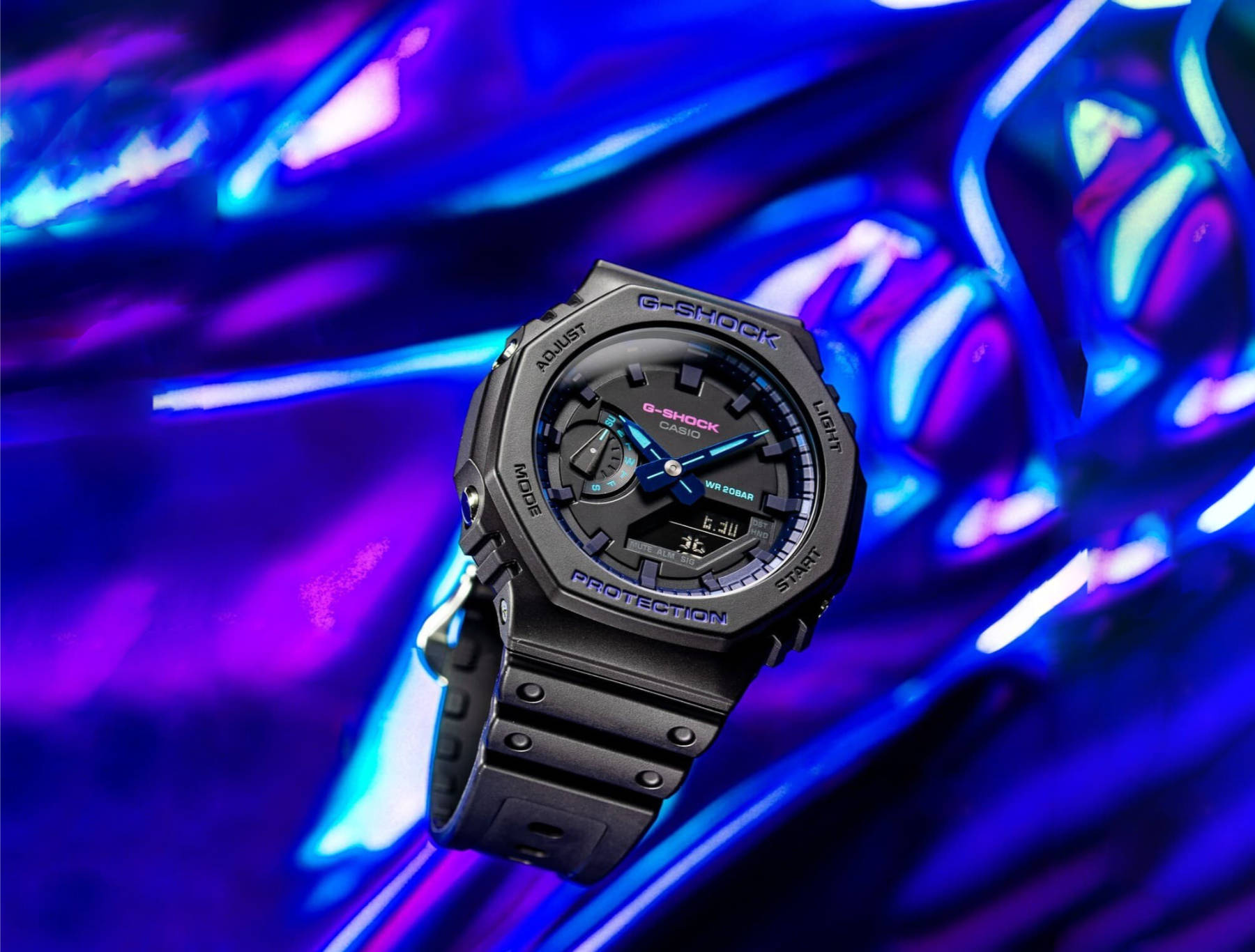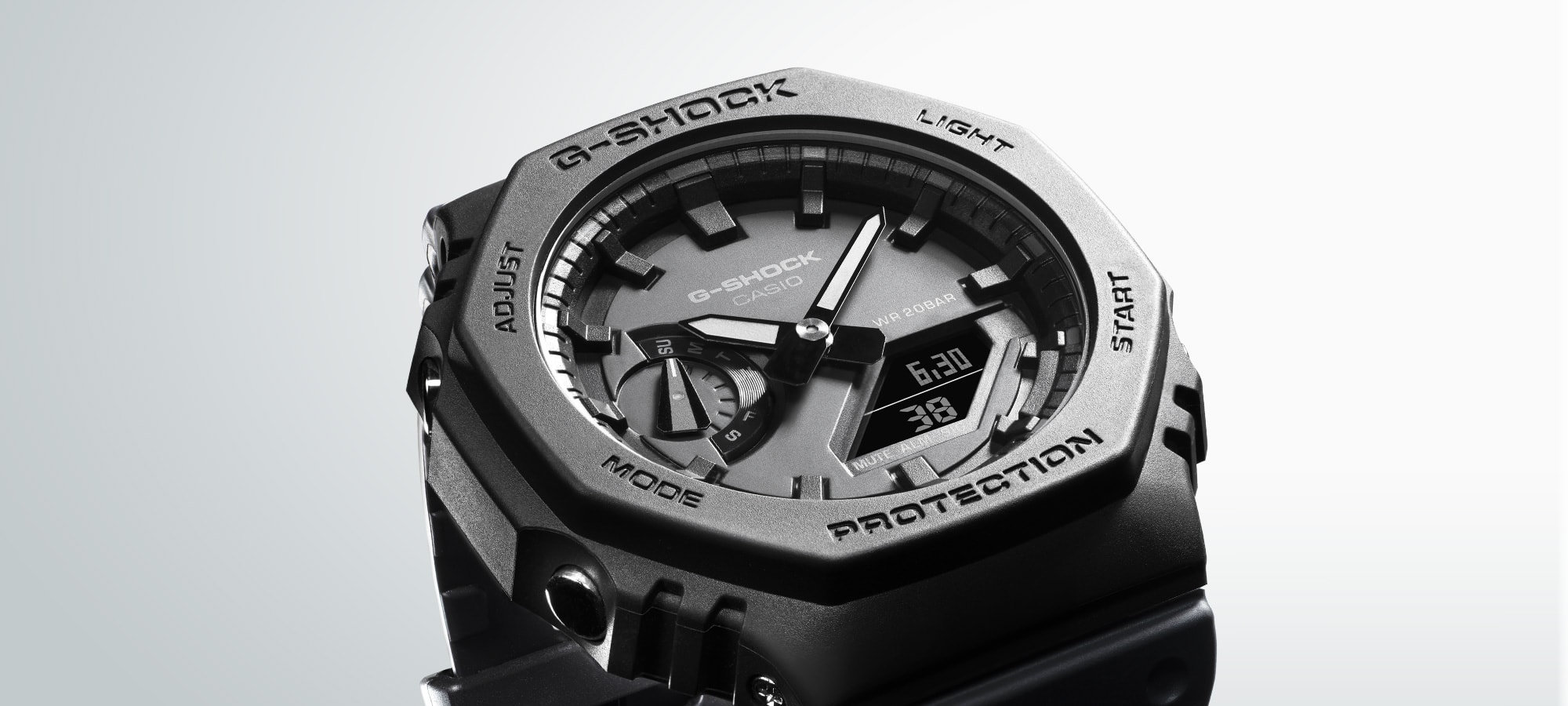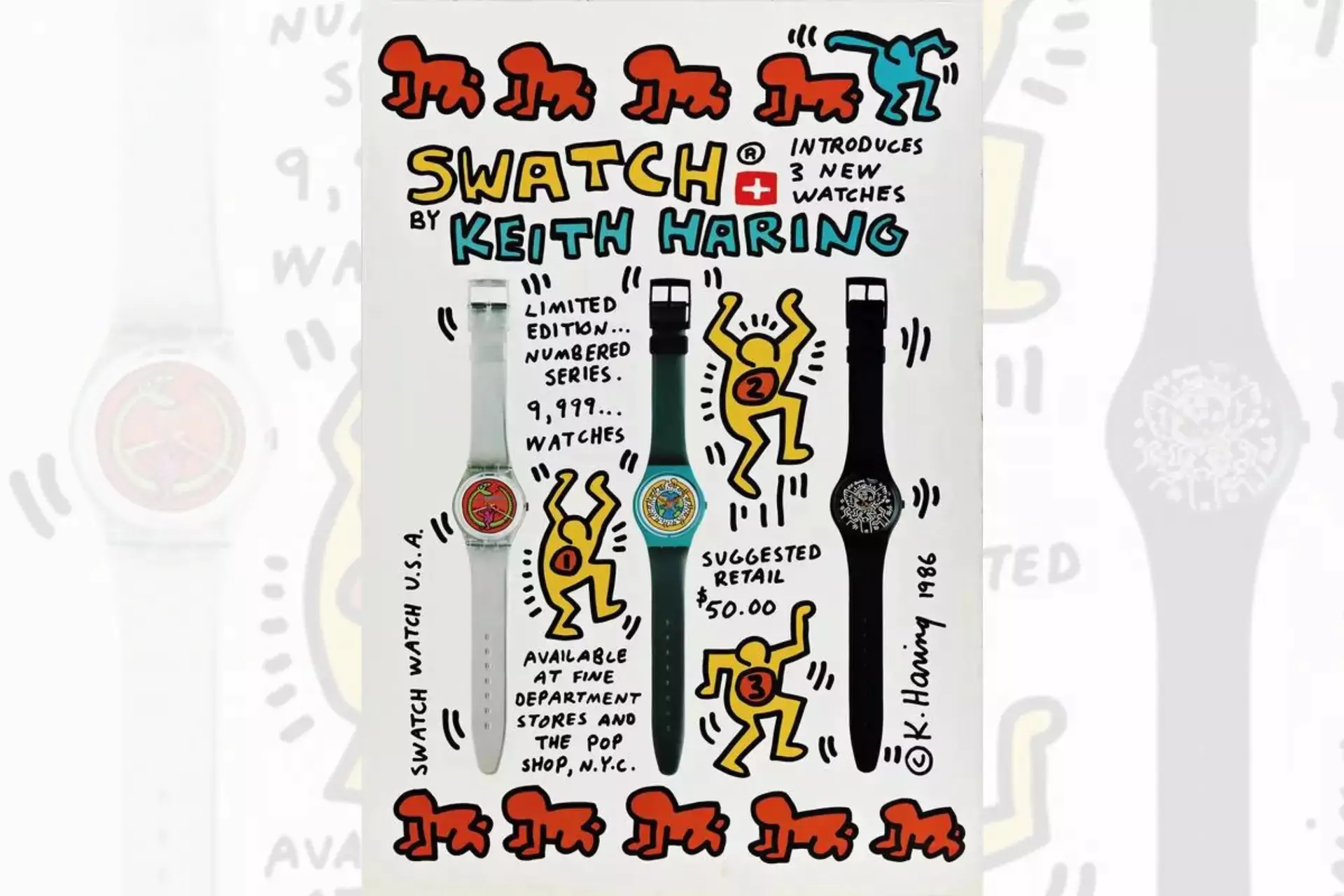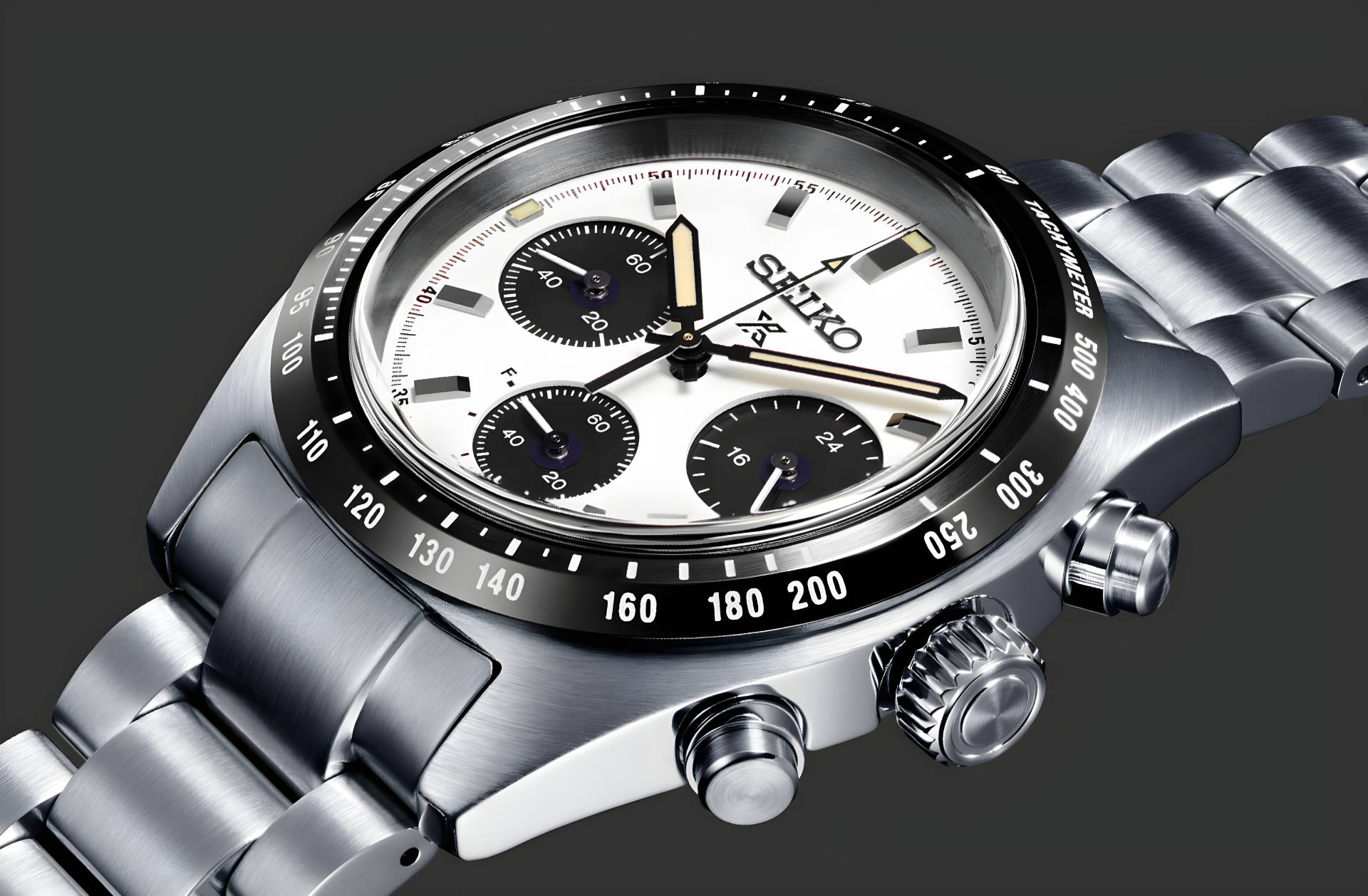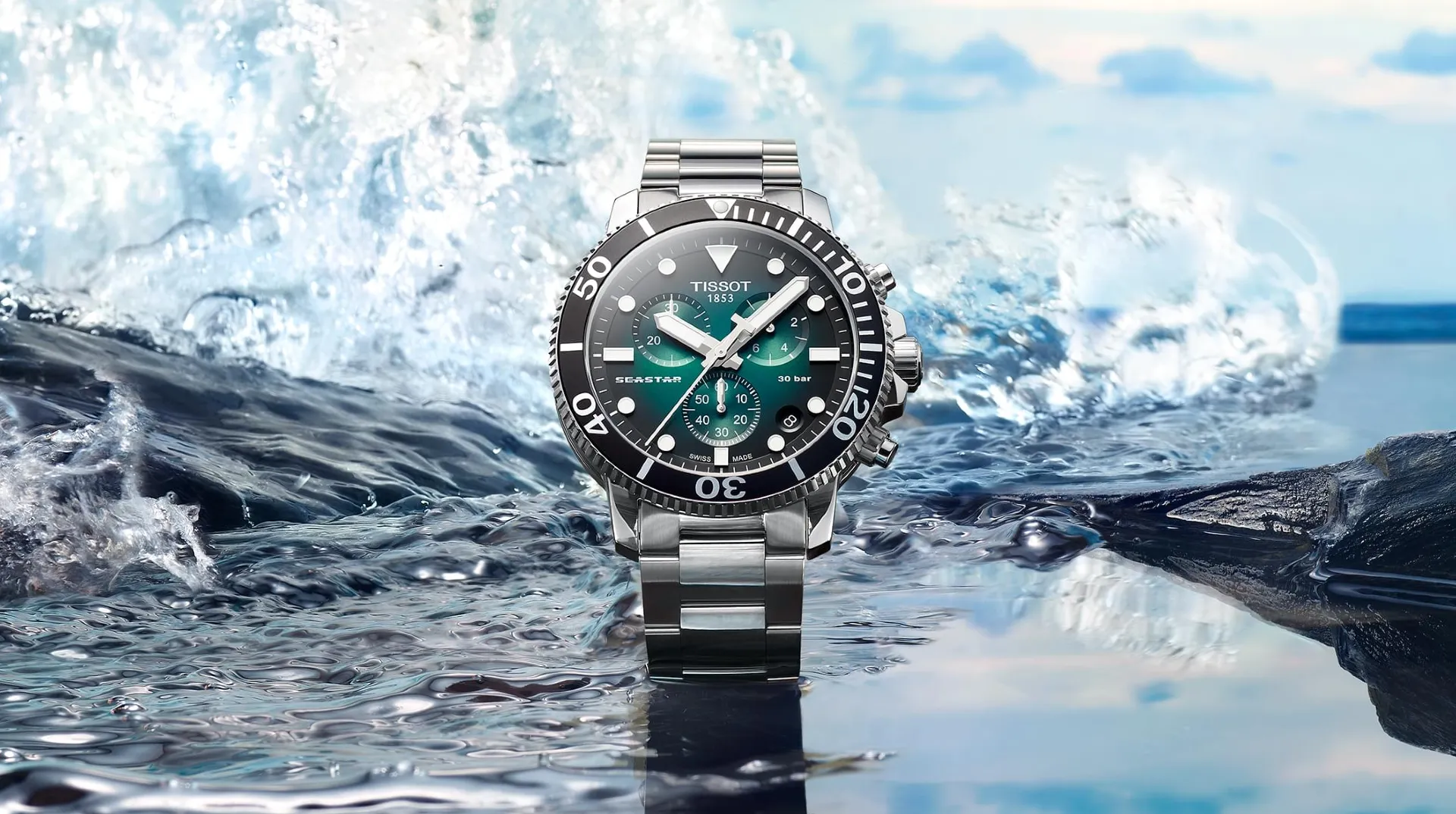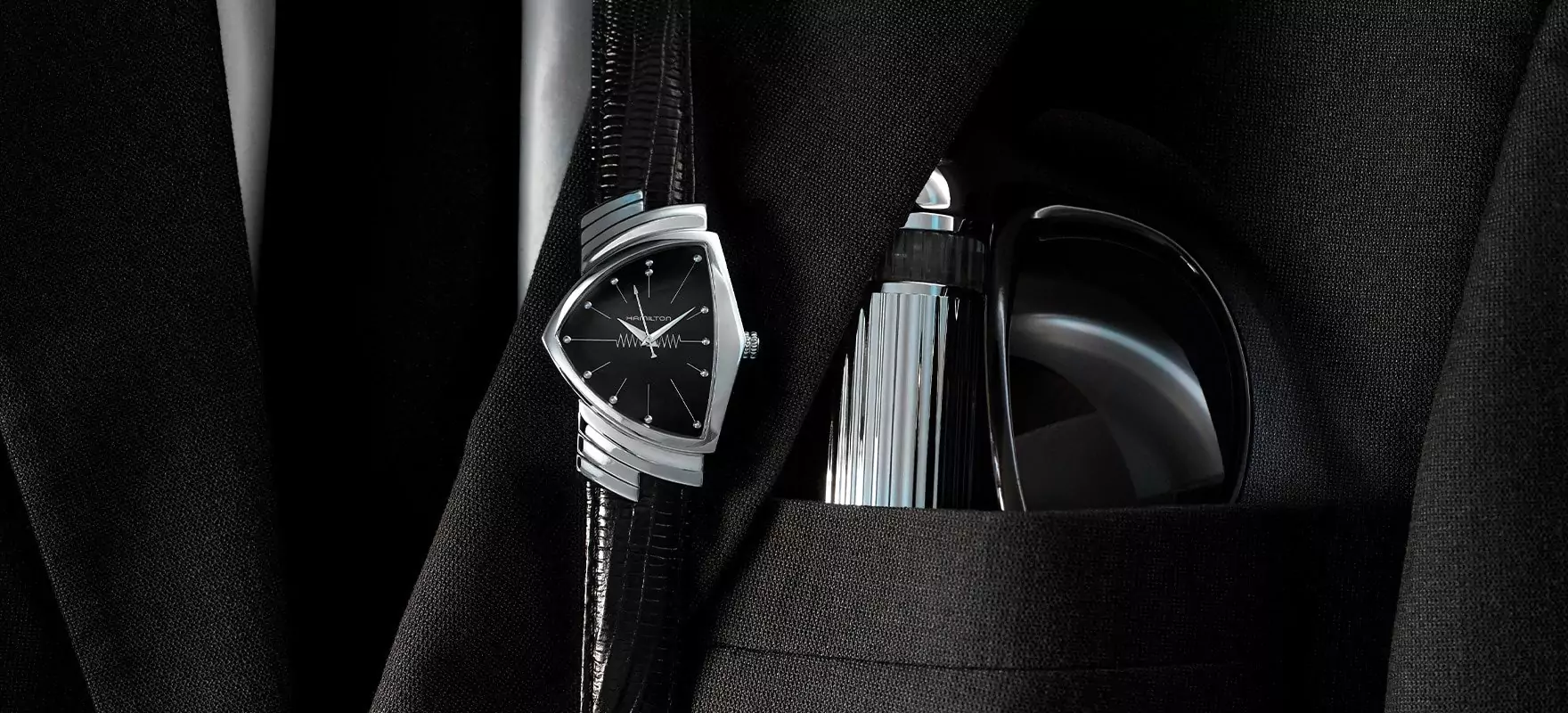Watch Essentials: The aesthetics of the watch and the development of materials transcends its function and makes it an object of style: let’s explore this world together.
Today we come to the last part that defines our watches, namely the most purely aesthetic aspect of their function – which is the most easily seen and understood aspect even by those who do not understand the passion for watchmaking from a technical point of view. Although it is not the most important, especially for purists, there is no doubt that it has been crucial in determining their success, making the watch the object it is today.
The watch in history
The first clocks were born around 1500 – and this includes both “transportable” clocks and table clocks, which then developed in a thousand shapes and sizes and with different – and sometimes very complicated – functions.
However, one characteristic has always united them: aesthetic research to make them beautiful as well as functional. And that is testified not only by the specimens that have reached us but also by the images that portray them. So, yes: the portraits of the time, from 1500 onwards, show us people surrounded by the things that meant the most to them. And very often, among these were watches of all kinds.
Metal, the primary material
To protect the delicate movement, metal was the ideal choice for cases. And precious metal had many qualities, including ease of workability and a widespread tradition of craftsmanship, as it echoed that of jewelry making. And indeed, the first watches were nothing less than authentic jewelry pieces, which were displayed and flaunted, as well as used for their function.
Soon, the cases began to be decorated with engravings made first by hand and later, using machines to create decorative geometric patterns on flat surfaces. In contrast, the rounded ones were engraved with geometric and floral designs. The cases grew in beauty and constructive complexity, so much so that in watchmaking, the specialization of the case-maker developed, of which Borgel, founded in 1880, represented one of the most outstanding examples.
Gold and silver were prevalent in the first watches but over time began to spread special alloys, which derived from the enormous demand for materials similar to the most precious ones but less expensive. One of the most popular was argentan, also known as German silver or alpacca, a family of copper-zinc-nickel alloys, with 50-60% copper, 15-30% zinc, and 10-30% nickel, which has a final result very similar to silver.
In watch cases, the diffusion of stainless steel took place only from the beginning of the 1900s. Still, it remained a difficult material to work for a long time, making this type of case rather expensive, and therefore limiting its use.
Plating
Another widespread choice in more recent watches was that of plating. When using a galvanic transfer, it is possible to cover a surface with one or more layers of another material, more beautiful and precious. These cases were made of other non-precious materials, called base metal, which was then plated to look better. And the most used materials were zinc, which was later abolished because of the allergy it sometimes caused on the skin, or brass.
Immersed in an electrolytic bath crossed by a current, these metals were covered with a thin layer of a more aesthetically pleasing metal, including chrome and gold. The problem was that, over time, these coatings were subjected to wear and tear and thus thinned, revealing the original case material and requiring re-plating.
Today, electroplating has evolved. Other materials are used today to plate, such as rhodium. And more modern techniques have been invented, such as vapor deposition of coating materials. These techniques allow the applying of more durable layers to watch cases and bracelets in really unusual colors – but still, staying within the classic, many vintage watches, even great quality ones, feature traditional plated cases.
Innovative Materials
Beyond the materials traditionally used to coat watch cases, we are witnessing a significant evolution in materials science. Modern laboratory alchemy has made it possible to obtain individual materials, and above all, alloys and compounds that would have seemed impossible to produce industrially just ten years ago.
Ceramic is one of these materials. Unique treatments make it less fragile and, above all, enhance its scratch-resistant physical properties. The first experiments in this field date back to the 1970s, with the first watches produced by Rado, which then gave rise to the Ceramica line, with its unmistakable black bracelet design.
Speaking of black materials – a style that was always popular in watchmaking – carbon fiber also made its debut in watchmaking and is reserved for technical and designer watches. This material began to be used in the industry around the early 2000s; it is processed in many ways, but it always displays similar qualities. Its sturdiness combined with lightness and its characteristic appearance goes well in creating watches with great aesthetic impact.
Another trendy material is titanium, which has similar technical characteristics to steel, but substantially lower weight. The first titanium watches date back to the 1970s, but the use of this material has since grown in watchmaking thanks to its physical characteristics. The most peculiar is that titanium is one of the most hypoallergenic materials in the world – so much so that prosthetic parts for human skeletons are often made from titanium.
Obviously, there are many other materials, starting from the humble plastic and arriving at materials such as platinum, and therefore a book would not be enough to explain them all. But we want to close this section by mentioning one of the most appreciated watches in the world by collectors, the Chronometre Bleu by FP Journe – a genuine Grail watch.
This simple timepiece – bearing only the three hour, minute, and second hands – not only has a very sophisticated visible movement made of yellow gold: it has a case with an unusual blued lead color, made of a particular metal, namely tantalum. Why? A pure aesthetic choice. And of great taste, we must add.
Bracelets and straps
Our journey around the watch would not be complete if we did not venture into the world – almost infinite – of bracelets and watch straps. So we’ll exclude chains and every other device that people used to secure pocket watches to their owners’ pockets.
Artisans and jewelers created the first wristwatches for a female audience at the beginning of the nineteenth century. More than anything else, they were authentic jewelry pieces, complete with chains made of precious metals, gems, cameos, and miniatures, which inside hid a watch. The male use instead, until the twenties of last century, preferred the pocket watch, which then for practical reasons and fashion would have waned, originating the golden age of mechanical wristwatches, which began after World War II and continued until the seventies.
Bracelets were developed from, precisely, these women’s watches, while those for men found a perfect partner in leather. In fact, for reasons of practicality, in the late nineteenth century, the military began to wear their pocket watches tucked into special leather harnesses, called wristlets, which were attached to the wrist with a leather strap secured with a buckle.
The wristlets are the forerunners of the so-called bund straps – still widespread today and widely used to carry the smaller-sized watches that were characteristic of the Forties and Fifties.
The development of this use meant that watches began to migrate from the pocket to the wrist, and thanks to the example of real “influencers” of the time, the most famous of which was Alberto de Santos Dumont, the French-Brazilian pioneer of European aviation, began to be shown off in the Parisian high society in 1904: a bold and unconventional move that earned the wristwatch he wore – the famous Cartier Santos – immediate notoriety.
The final push towards the fashionizing of the wristwatch was done by the invention of springbars, which took place around 1925: springbars made it possible to change the watch’s personality simply by changing the strap, which made wristwatches even more versatile and strengthened the character of fashion since they could adapt to any outfit.
Today, we are invaded by a massive amount of straps with different features and materials – so many that you get lost in the abundant choice. But this just goes to show the most fashionable trait of our beloved timepieces and the fact that their nature has long since changed, transforming the watch from a tool for marking time to a fashion accessory that also has a practical function. And that therefore, it can go so far as to become a true object of luxury, which is appreciated for all the ephemeral qualities that make it more than a tool.

